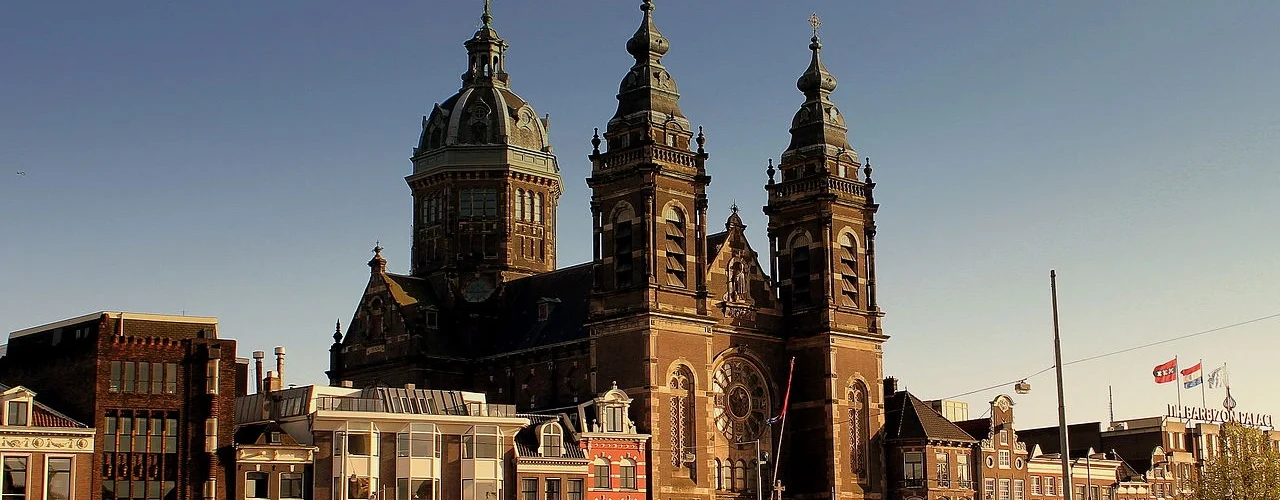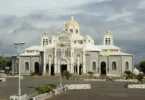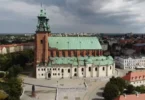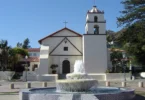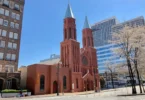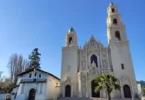Introduction
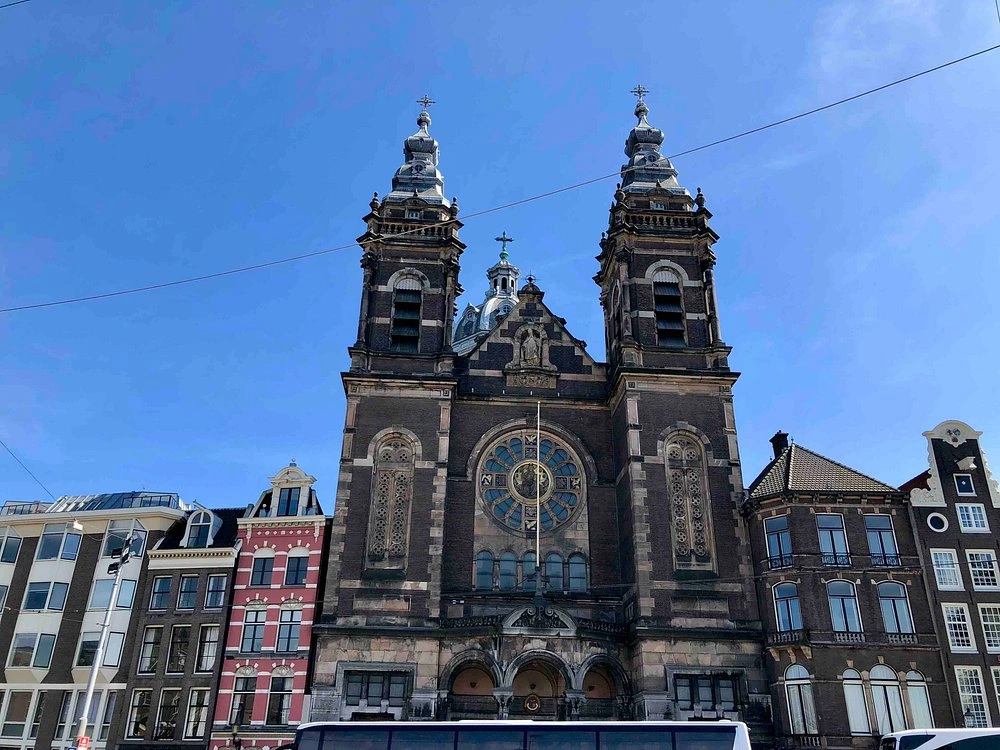
The Co-Cathedral Basilica of Saint Nicholas (Dutch: Co-kathedrale Basiliek van de Heilige Nicolaas) is a prominent Roman Catholic church located in the center of Amsterdam, Netherlands, just across from the city’s main railway station. It serves as the primary Roman Catholic church in Amsterdam and is a co-cathedral in the Diocese of Haarlem-Amsterdam. The basilica is dedicated to Saint Nicholas, the patron saint of both the church and the city of Amsterdam. Built between 1884 and 1887, the church was designed by architect Adrianus Bleijs (1842–1912) and was originally named St. Nicholas within the Veste. It stands as the third church in Amsterdam dedicated to Saint Nicholas of Myra. The first, the Oude Kerk, became Protestant after the Reformation in 1578. The second church was a clandestine Roman Catholic chapel known as Ons’ Lieve Heer op Solder, located on the Oudezijds Voorburgwal. The basilica is strategically positioned near Amsterdam Central Station, on Prins Hendrikkade, with its grounds bordering the waters of Oudezijds Kolk. It is part of the inner city parish of Saint Nicholas, reflecting its central role in Amsterdam’s religious and cultural life. With its impressive architecture and historical significance, the Co-Cathedral Basilica of Saint Nicholas remains an important landmark in the city.
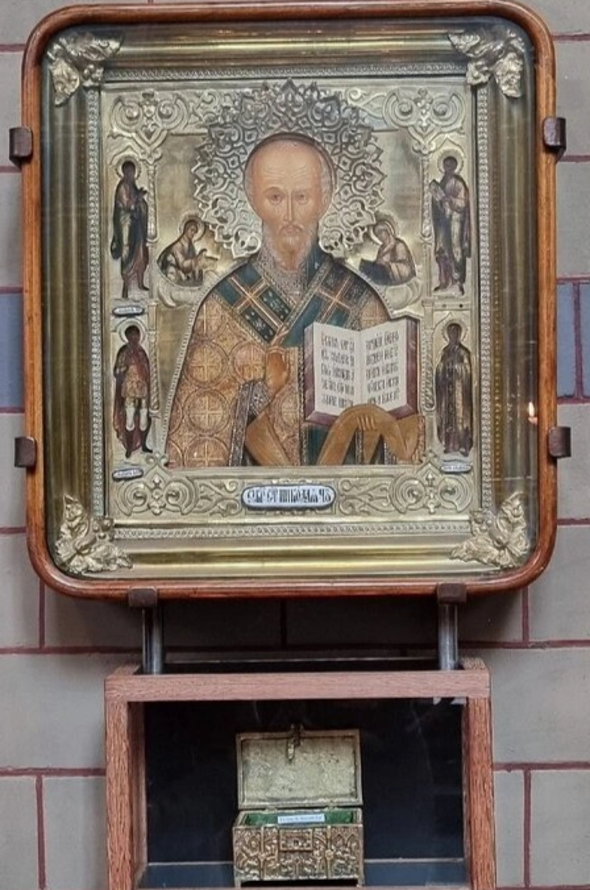
The St. Nicholas Basilica, located in Amsterdam, has a rich historical and architectural significance. It is built on what was once an urban site, which required the adoption of a northwest–southeast axis for its construction, instead of the traditional east–west orientation commonly seen in many churches. This strategic placement lies between the Prins Hendrikkade street and the Oudezijds Kolk canal, creating a unique position within the city.
Historical Significance and Naming
When the basilica was first constructed, it was known as St. Nicholas Inside the Walls, referring to its location within the Amsterdam city walls, which were the oldest parts of the city’s defense system. This symbolic naming highlighted both the church’s importance and its connection to Amsterdam’s early history.
Architectural Design
The church’s design is attributed to Adrianus Bleijs (1842-1912), a prominent architect of the time. His design features a blend of several revival styles, with the most notable being Neo-Baroque and Neo-Renaissance elements. These styles were particularly popular in the late 19th century and were used to convey both grandeur and tradition in architectural form. The basilica’s construction was completed in 1887, marking the culmination of Bleijs’s vision.
Relic of St. Nicholas
In December 2021, the basilica was honored with a significant religious artifact—a relic of St. Nicholas, which was a fragment of the saint’s rib. The relic had been under the care of Egmond Abbey since 1087, and its arrival at the St. Nicholas Basilica in Amsterdam was seen as a momentous occasion. This relic not only deepens the spiritual connection of the church but also adds a historical layer of significance, linking it to one of the most venerated saints in Christian tradition. Thus, the St. Nicholas Basilica not only serves as a place of worship but also as a landmark of Amsterdam’s architectural and religious heritage, combining historical depth with a beautiful fusion of design styles.
Architecture of Co-Cathedral Basilica of St. Nicholas, Amsterdam, Netherlands
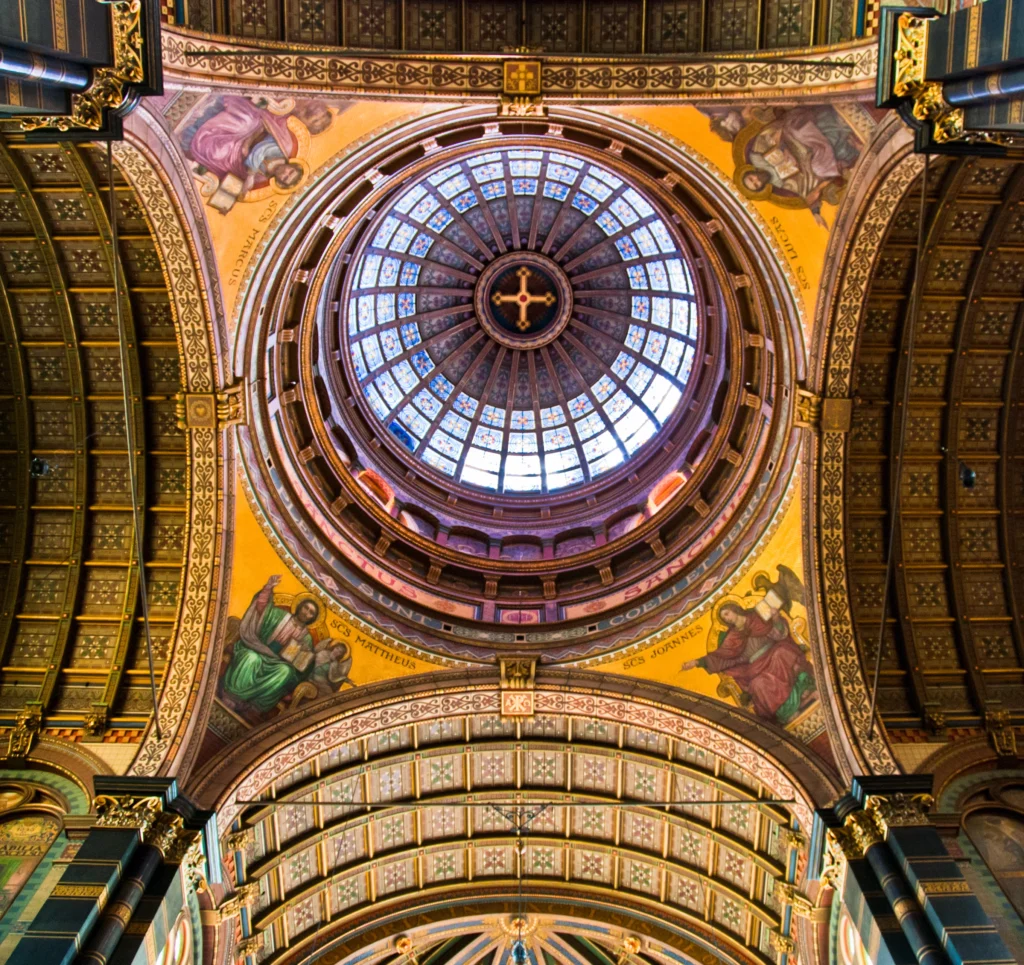
Architect : Adrianus Bleijs.
Architectural style : Renaissance Revival architecture, Baroque Revival architecture.
The St. Nicholas Basilica, located in Amsterdam’s historic city center, stands as a magnificent example of late 19th-century ecclesiastical architecture. Designed by Dutch architect Adrianus Bleijs, the church was completed in 1887 and showcases a harmonious blend of Neo-Baroque and Neo-Renaissance styles. Positioned opposite Amsterdam Central Station, the basilica is not only a spiritual landmark but also a visually dominant structure within the city’s urban landscape. Its design is rich with Christian iconography and Catholic tradition, reflecting both religious devotion and civic pride.
Main Facade and Sculptural Symbolism
The basilica’s main facade is a commanding feature, structured around two prominent towers that provide vertical emphasis and symmetry. Between these towers sits a large rose window, a Gothic architectural element symbolizing divine light and heavenly order. At the center of this rose window is a bas-relief sculpture created in 1886 by the Van den Bossche and Crevels workshop, depicting Christ surrounded by the Four Evangelists—Matthew, Mark, Luke, and John. This sculpture embodies the central message of the Gospel and serves as a spiritual invitation to those approaching the church. High above the rose window, in the gable’s central niche, resides a sculpture of Saint Nicholas, the patron saint of the church. This statue was sculpted by Bart van Hove and further reinforces the basilica’s dedication. The placement of the statue at the pinnacle of the facade symbolizes Saint Nicholas as a guiding spiritual protector watching over the city.
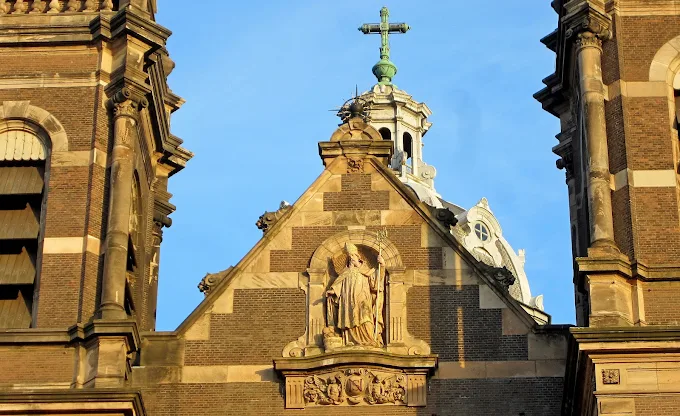
Structural Composition and Floor Plan
At the core of the basilica’s architecture is a large octagonal tower, rising from the crossing of the church’s transept and nave. This tower is topped with a Baroque-style dome and lantern, which is surmounted by a cross. This central tower forms the vertical heart of the structure and is visible from various points in Amsterdam, contributing to the city’s skyline. The floor plan follows the traditional layout of a three-aisled cross-basilica, a design that emphasizes processional movement and liturgical functionality. It consists of a central nave, two flanking side aisles, and a single transept intersecting the nave at a right angle. The choir is placed at the eastern end of the nave, in accordance with classical church orientation, allowing space for clergy and the high altar. At the southeast ends of each side aisle are two chapels: one dedicated to the Virgin Mary and the other to Saint Joseph. These chapels are designed as intimate spaces for personal prayer and reflection, complementing the grandeur of the main worship area.
Interior Design and Religious Ornamentation
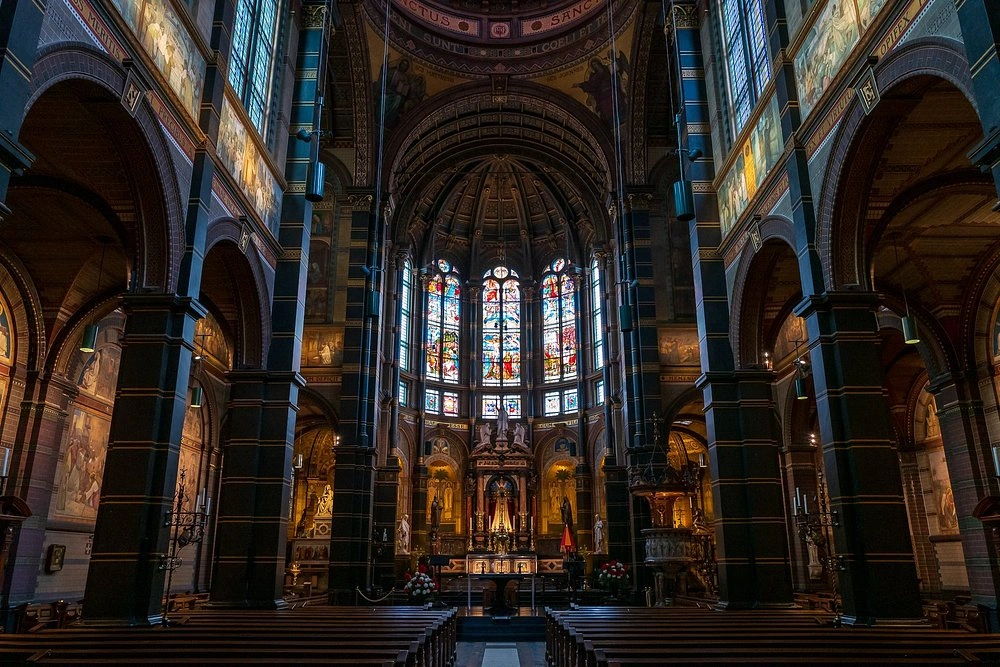
The interior of the basilica is as striking as its exterior, filled with ornate decorations and deeply rooted religious symbolism. Above the high altar hangs a crown, a recurring symbol in Amsterdam that refers to Maximilian I, the Holy Roman Emperor. This crown signifies both the city’s imperial ties and the basilica’s connection to broader historical narratives. The central dome is a key architectural and artistic feature of the interior. Its interior surface is richly decorated, and the base of the dome is encircled by four levels of stained glass windows. These windows allow natural light to filter into the dome, illuminating the space below with vibrant hues and creating a transcendent visual experience that enhances the sense of divine presence within the church.
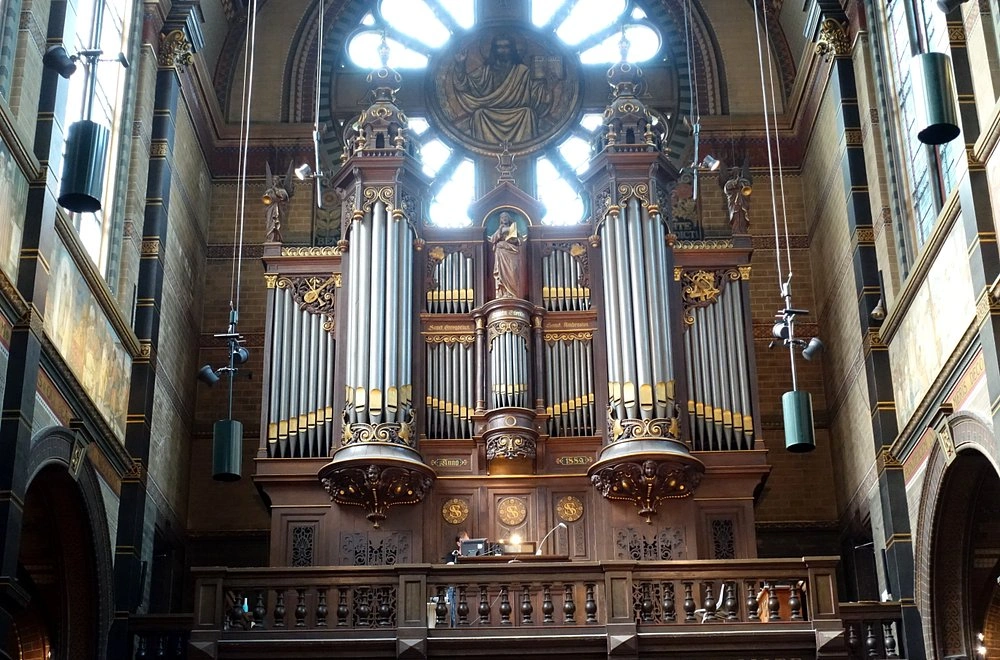
Musical Tradition and Cultural Engagement
Music plays an integral role in the life of the St. Nicholas Basilica. Above the main entrance, just beneath the rose window, is the 1889 Sauer Organ, a historic instrument that remains in regular use. This organ is celebrated for its tonal richness and serves both liturgical and concert purposes. During the summer months, the basilica becomes a hub for classical music enthusiasts as it hosts the International Organ Concert Series. This event features performances by prominent organists from around the world, making full use of the church’s excellent acoustics and monumental setting.
To further institutionalize its musical mission, the Stichting Muziek in de Nicolaas (SMN), or Music Foundation of the Basilica of St. Nicholas, was established in 2000. This foundation supports a wide range of choral and instrumental performances, reinforcing the basilica’s reputation not only as a place of worship but also as a center for sacred music and cultural events in Amsterdam.
Elevation to Basilica Minor
On December 8, 2012, the St. Nicholas Church received the honorific title of basilica minor, a designation granted by the Vatican to churches of particular liturgical and historical significance. This event marked the 125th anniversary of the church’s completion and was celebrated with a solemn Vespers service. Attendees included religious and civil leaders, most notably Mgr. A. Dupuy, the Apostolic Nuncio to the Netherlands. The elevation to basilica minor highlighted the church’s exceptional role in the Dutch Catholic tradition and its ongoing importance to the local faith community.
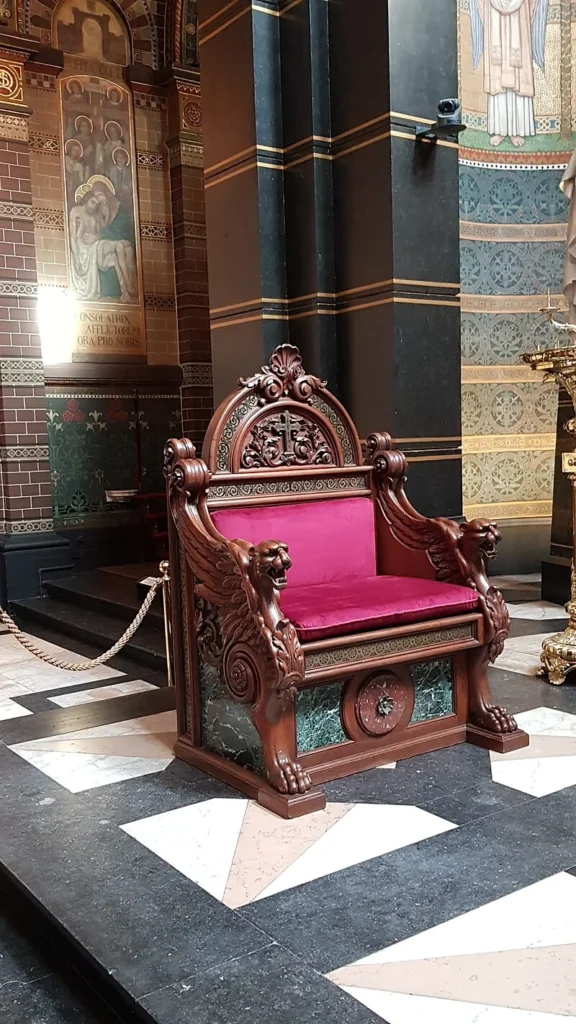
Co-Cathedral Status (2025)
On February 1, 2025, Pope Francis officially elevated the Basilica of St. Nicholas to the rank of Co-Cathedral of the Diocese of Haarlem-Amsterdam, a landmark decision reflecting the basilica’s spiritual, cultural, and architectural prominence. The formal celebration of this status took place on March 8, 2025, with a pontifical Mass led by Bishop Jan Hendriks. During the Mass, Bishop Hendriks occupied the episcopal seat, referred to as the “seat with the griffions”, an ornate and symbolic bishop’s chair originally designed in 1853. This moment was especially significant, as it marked the first time since the 17th century—following over 270 years of Protestant dominance—that a Catholic bishop officially assumed a cathedral seat in Amsterdam. The basilica now serves as a liturgical and administrative center for the diocese alongside the Cathedral of Saint Bavo in Haarlem.
Feast Day
Feast Day : 06 December
The Feast Day of the Co-Cathedral Basilica of St. Nicholas in Amsterdam is celebrated on December 6th, in honor of Saint Nicholas, the patron saint of the church. This day marks the anniversary of Saint Nicholas’s death and is a significant occasion for religious observance and celebration in the basilica.
Church Mass Timing
Monday to Saturday : 12:30 PM
Sunday : 10:30 AM , 1:00 PM
Church Opening Time:
Monday to Saturday : 12:15 pm – 3:30 pm
Sunday : Closed
Contact Info
Address : Co-Cathedral Basilica of St. Nicholas
Prins Hendrikkade 73, 1012 AE Amsterdam, Netherlands
Phone : +31 20 330 7812
Accommodations
Connectivities
Airway
Co-Cathedral Basilica of St. Nicholas, Amsterdam, Netherlands, to Amsterdam Airport Schiphol (AMS), distance between 24 min (25.7 km) via A10.
Railway
Co-Cathedral Basilica of St. Nicholas, Amsterdam, Netherlands, to Amsterdam Centraal Stationsplein, distance between 6 min(1.7 km) via De Ruijterkade/S100 and Prins Hendrikkade.

